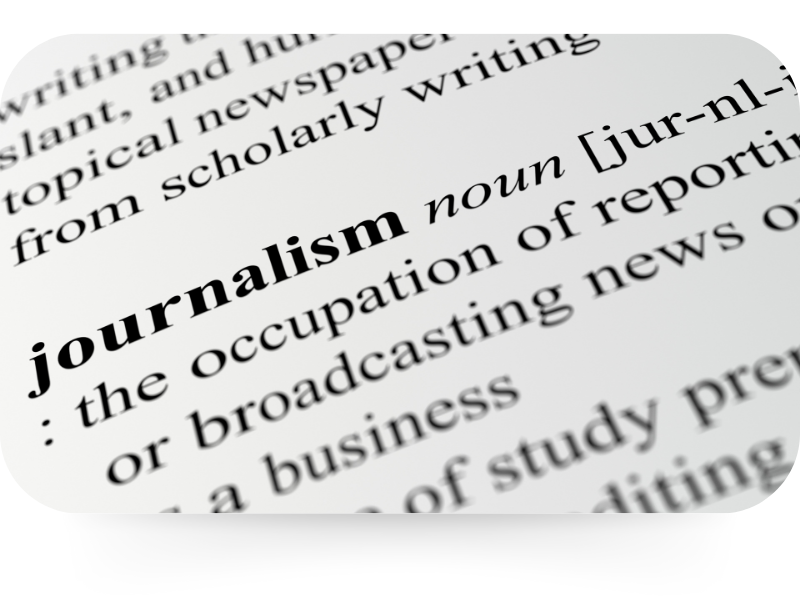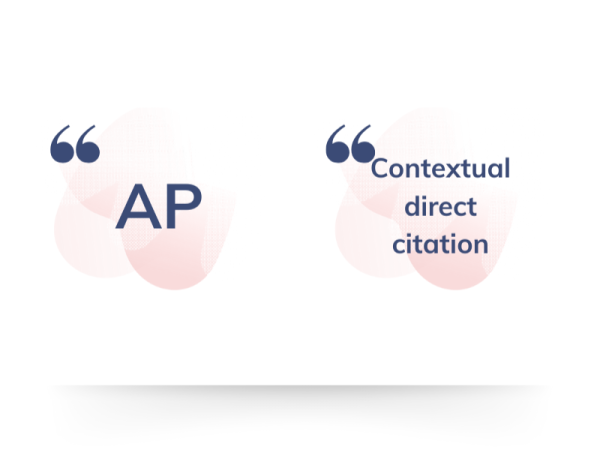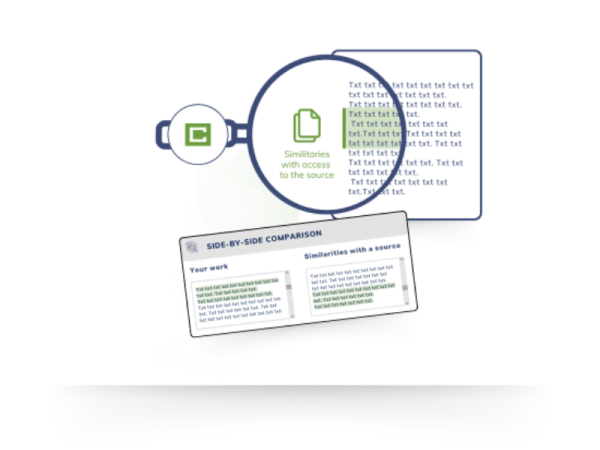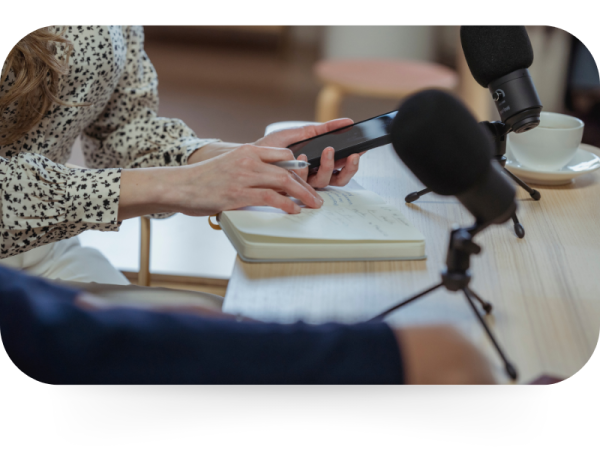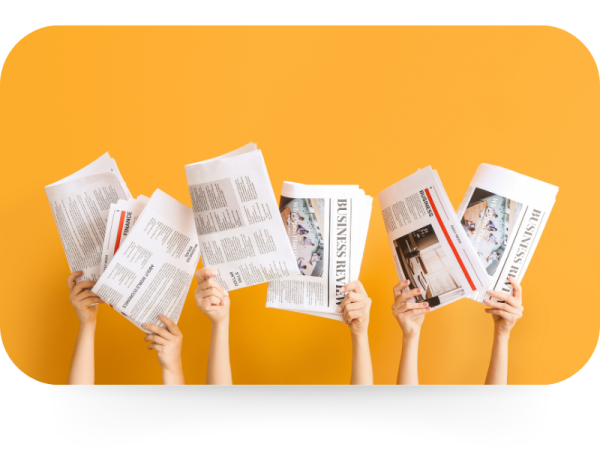Examples of Plagiarism in Journalism
Jayson Blair Case
In 2003, Jayson Blair, then a journalist at The New York Times, was involved in a massive plagiarism and fabrication scandal. In April of that year, he published an article about the family of an American soldier killed in Iraq that closely resembled an article from the San Antonio Express. An internal investigation revealed that Blair had never actually visited the location where the family lived or conducted the interviews he claimed. The inquiry also found that 36 out of 73 articles he wrote contained errors, plagiarism, false quotations, or outright fabrications. Blair attributed his actions to racial tension and his struggles with alcohol, cocaine, and later bipolar disorder. He resigned shortly after and published an autobiography in 2004 recounting the truth about the affair, though the book saw limited sales due to the earlier revelations.
France Inter – Affaires Sensibles Case
In December 2022, an episode of Affaires Sensibles aired on France Inter about the Battle of Algiers. A videographer accused the program of using a script that copied verbatim from a YouTube video on the subject without mentioning the author or the source. The show’s host acknowledged the plagiarism and apologized, stating that “this is not representative of the work done on a daily basis.” The person responsible for the copy-paste left the team.
Fareed Zakaria Case
In 2012, Fareed Zakaria, a prominent journalist for Time and CNN, was suspended after plagiarizing a passage from an article by Jill Lepore published in The New Yorker. He had reproduced nearly word-for-word in a column about gun control. Zakaria quickly admitted the mistake, issued a public apology, and his employers removed the article. After an investigation, Time and CNN deemed it an isolated incident and reinstated him a few weeks later. However, the scandal damaged his reputation, especially since other similar cases were later reported in his work.


